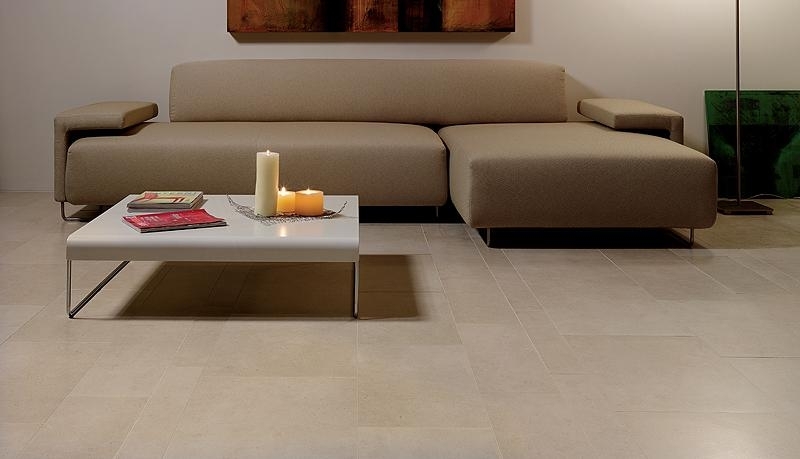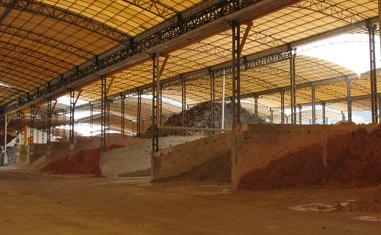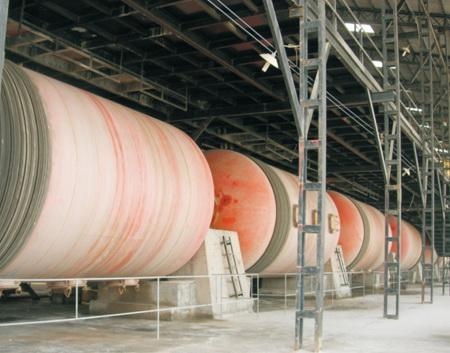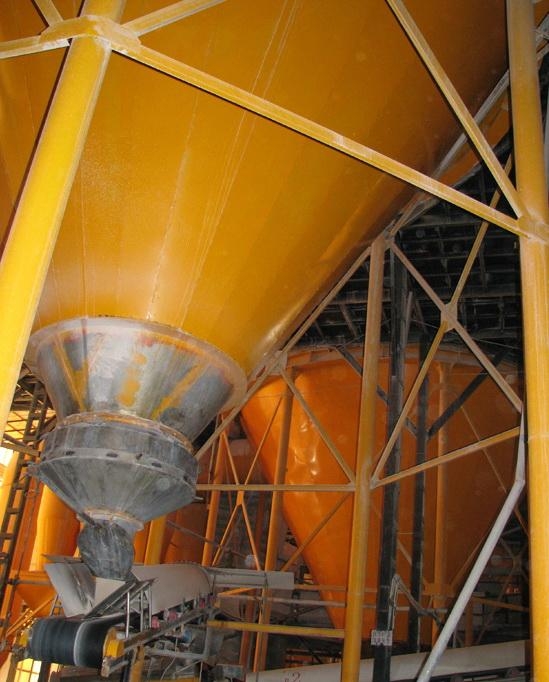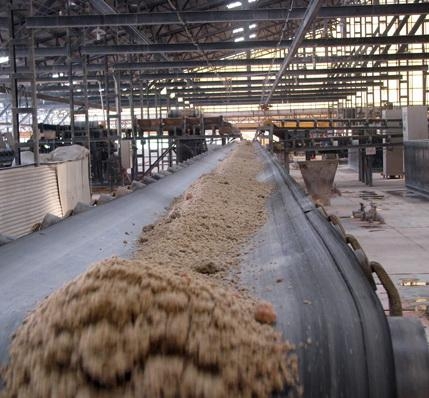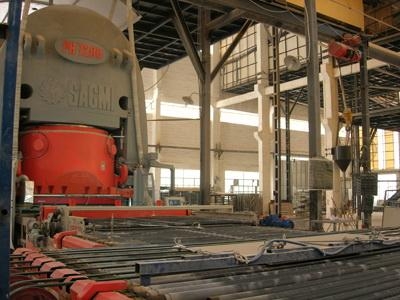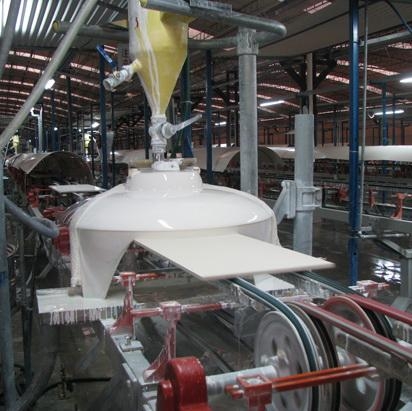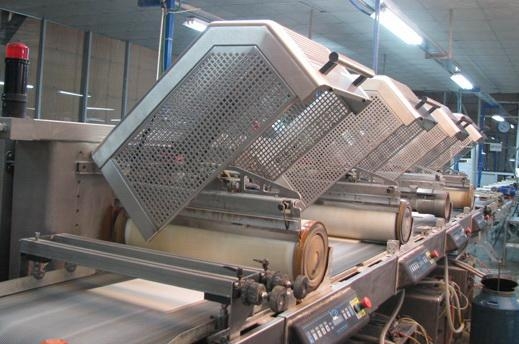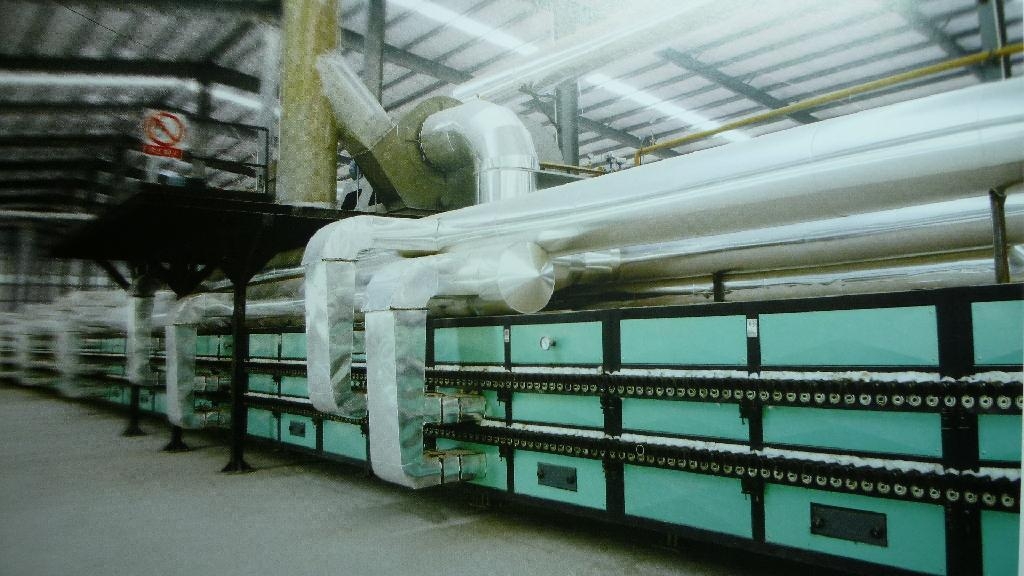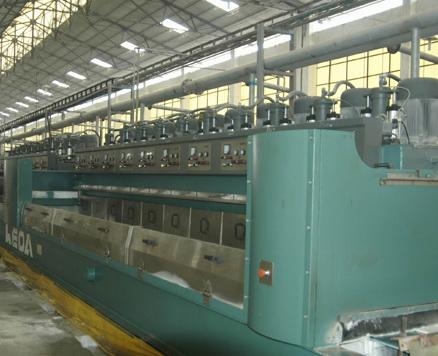1. What is your MOQ? Can we get the sample free of charge, also the catalogue?
MQQ: Generally speaking, without MOQ requirement, but if your order is very small, the price will be a little higher than the MOQ; pls contact our salesman for details.
Sample: for our client with small value, we can offer sample free of charge; but most samples can be offered at 115-150% times of the MOQ price and buyer need pay the express Charges.
Catalogue: Generally speaking, we will mail you our E-Catalogue, and photo offer and more photos to let you know well our products or about us. In order to protect the forest we don not print a lot of catalogues, generally we send disc or some recyclable paper catalogue with the goods. Or only send to our potential customer. For this pls contact our salesman.
2. Do you offer us OEM service?
OEM: We offer OEM service when your order qty meet our OEM qty requirement, we can design and print logo, master carton etc.
if your order qty is very small, we print black and white marks for mast carton.
3. Some models you offered in quotation cannot be found in website, why?
Some models are new, we need inspect and try to recommend to the market and get some comments from the consumer and improve ,then update and show in the website.
Another reason is that we cannot show in the website as we are afraid others to copy ours. Only the VIP customer can get the latest models.
Some models are old and will not show or produce any more.
4. We want to see the production status and inspect the quality in person and see our bulk goods quality by ourselves, is this ok?
Inspection of goods: Yes, but pls contact our salesman who is in charge of your order in advance, we book hotel but you pay for the hotel and relevant charges
In fact, most customer don’t need inspect the goods in person, our salesman will check the production status in workshop and report to the buyers thru order status reports with photos taken in the workshops.
Our quality is under the control of our experience staff thru production processes guide step by step. And checked by in-site QC, QA .and report every day. We refuse the fault goods to leave the workshop.
Only the passed and qualified goods can go to the next step to pack and stored in warehouse. Then upload to containers.
5. What are your main terms of payment? Do you accept L/C? How is the lead-time? And who will pay the bank charge? Can you reduce the unit price for customs tax only?
Terms of payment: Current main terms of payment is T/T.
L/C payment :For large order, we can accept L/C for SOME country ,not all.
Generally you need pay 30% of the order value for deposit firstly.
Lead-time: see the PI or sales contract upon the payment confirmed by us, so send us the bank memo is very important...
Bank charges: The payer pay the bank charges.
Customs price: we can reduce the price for you to reduce your customs taxi for import, pls show this by mail.
6.We have goods from other suppliers, can you help to ship together in the same container?
LCL: Yes, offer the contact of your other suppliers and we will ask them to send the goods to the designated place to upload to the container, sometimes, need a little charge for the LCL.
7. Which ports for FOB? Can we import thru our own ship agents or forwarder? Can you help us to book at better price?
Main ports: FOSHAN---- NEW GANG, SANSHAN.
We can export your goods thru your old partner of ship agent or forwarder, for the charges that we pay, it cannot be over 10% higher than our ship agent;
better price: Generally, our ship agents can offer better price for your reference.
8. We have not started the business with you up to now, how is your quality, price, service, salesman’s communication skill, working efficiency, lead-time?
Quality: we cannot say we are the best one, but our company is growing up and improving day by day, most customer accept our quality and established the long term business because of our good quality; we are try our best to offer healthy, long live, environment projection product; we listen to what the customers need and requirement; at the same time we learn from overseas technician and our rivals.
Price : our price is not the lowest price in this line, and will not be lowest; we must guarantee our profit, and offer you the nice and continuous service; So, do not always ask us to reduce the price, you know it is made by our head and hand with material ,not free get from the nature. So we must consider the cost.
We offer you the good quality item with good price and nice serve, you donor need worry the after sale service problems; if you buy at lower price, but later, you meet problems, that is not our business way. We can give up the order. As we don not problems to happen in your sides.
Most customers say our price is reasonable and they have large space of profit.
Service : our salesman know well the items they sell, and most are in international business for years, and attended fair in china and overseas for many times. They know different language and traditions and practices. they can serve you quickly and correctly to save time and enlarge the markets for you; so most customers say they like our items, also our salesman, they helped them, they have more time to relax them or do other things.
Lead-time: most customers want to get the goods asap once they made payment, we can understand this well. But the products are manufactured by procedure, we promised you, we will not delay; or we can be fined according to the contract. But if you delayed the payment of balance which delayed the uploading and shipment, we will not take the responsibility. Confirming payment arrival need 3-4 days for overseas payment.
9. What is a Porcelain Tile?
A porcelain tile is defined by its lower water absorption typically .5% The clay is a better quality, usually white and the tile is fired at a higher temperature typically 1200 degrees C. As red clays are becoming more scarce
10. What is a Ceramic Tile?
Ceramic tiles are relatively thin slabs of Ceramic Material in varying shapes and thickness. They are made from a mixture of clays, sand and other natural substances such as carbonates and fieldspar. The raw materials for the tile body are carefully mixed and ground and moulded into the required shapes, they are fired at high temperatures between 1000 degrees Celcius and 1250 degrees celcius depending on the type of the tile to be manufactured.
11. What’s the difference between Glazed and Unglazed Tiles?
Tile terminology can be confusing. Most types of tiles that are made from clay or a mixture of clay and other materials, then kiln-fired, are considered to be a part of the larger classification called “Ceramic Tiles”. These tiles can be split into two groups, porcelain tiles and non-porcelain tiles. These non-porcelain tiles are frequently referred to as ceramic tiles by themselves, separate from porcelain tiles.
“Ceramic” or non-porcelain tiles are generally made from red or white clay fired in a kiln. They are almost always finished with a durable glaze which carries the color and pattern. These tiles are used in both wall tile and floor tile applications, are softer and easier to cut than porcelain, and usually carry a PEI 0 to 3 rating. Non-porcelain ceramic tiles are usually suitable for very light to moderate traffic and generally have a relatively high water absorption rating making them less frost resistant and they are more prone to wear and chipping than porcelain tiles.
Porcelain tile is a tile that is generally made by the dust pressed method from porcelain clays which result in a tile that is dense, impervious, fine grained and smooth, with a sharply formed face. Porcelain tiles usually have a much lower water absorption rate (less than 0.5%) than non-porcelain tiles making them frost resistant or frost-proof. Glazed porcelain tiles are much harder and more wear and damage resistant than non-porcelain ceramic tiles, making them suitable for any application from light traffic to the heaviest residential and light commercial traffic. Full body porcelain tiles carry the color and pattern through the entire thickness of the tile making them virtually impervious to wear and are suitable for any application from residential to the highest traffic commercial or industrial applications. Porcelain tiles are available in matte, unglazed or a high polished finish.
12. What is the difference between glazed and full-body tiles?
Glazed tiles are coated with a liquid glass, which is then baked into the surface of the clay. The glaze provides an unlimited array of colors and designs as well as protects the tile from staining. The unglazed tiles are pretty much the same as the glazed tile, except that their surface is not coated. Full-body porcelain tiles do not show wear because their color extends throughout the tile, making them ideal for commercial applications.
13. Are your tiles suitable for use in bathrooms? Pools? Kitchens? Floors?
Yes. Our tiles are manufactured to meet ANSI ratings for use in both residential and commercial architectural use, for both interior and exterior application. They are frost and heat-resistant, water-proof, color-safe, and non-porous.
14. What is Glazed Porcelain?
Glazed porcelain floor tiles have all the characteristics of porcelain. Frost resistant, chemical resistant, low water absorption, high abrasion resistance plus the advantages of a glazed tile, which makes these tiles ideal for domestic use. The use of top quality raw materials with this new process gives a deeper glaze and smoother surface and the cohesion between the porcelain base and the glaze make for greater impact resistance.
15. Is porcelain tile better than ceramic?
Porcelain usually has a much lower water absorption level than normal glazed ceramic tiles. They cna usually be distinguished by appearance i.e. the colour / grain goes right through to the back of the tile. Porcelain tiles are frost proof and therefore more suitable for outside areas where temperatures drop to freezing.
There are now many tiles available with a porcelain biscuit and a pattern glazed onto the surface and in these cases the pattern does not go right through.
16. What is the difference in wall tiles and floor tiles?
Floor tiles have a different rating of glaze hardness which makes them suitable to walk on without showing wear. Floor tiles also have a stronger biscuit. It is the combination of glaze hardness and bisque hardness that makes them suitable for foot traffic. Wall tiles are usually a softer biscuit as they are double fired and the glaze is not trafficable. You can put floor tiles onto a wall but not wall tiles onto the floor.
17. Can I use any floor tiles outside?
Firstly the recommendation is to use a tile with a water absorption of 3% or less to ensure that the tile is frost resistant. It is best to use a slip resistant tile outside and we have a large range of indoor and outdoor tiles that match, and give you a flow without compromising safety. Outdoor tiles have a textured or sanded finish and are tested for slip resistance rating. If you are doing a deck with no external access you may use a tile that has a degree of texture though not necessarily an anti-slip tile.
18. What size tiles are best?
This is really a question of aesthetics. A smaller tile will accentuate an entryway. A large tile in a larger room will give a very contemporary look, and an illusion of larger space. You can also mix sizes for interesting visual effects and styles. It is best to focus on the color and texture of the tiles that you like rather than the size. Of course if you have a tiny bathroom a 600x600 size tile will be a little excessive and difficult to install.
19. How hard are porcelain tiles compared to other natural stone tiles on the market?
Porcelain tiles are around 30% stronger than natural stone tiles on the market meaning less scratches, chipped tiles and broken tiles.
20. Are porcelain tiles less maintenance and cheaper to lay compared to other tiles.
Porcelain tiles are virtually maintenance free compared to natural stone which needs sealing and waxing. When buying tiles you have to compare labour and tile price combined, which natural stone tiles such as marble needs allot of preparation before laying in sealing where porcelain tiles can be layed straight away as they don't need any preparation. The conclusion is porcelain tiles are a far cheaper solution to the consumer as you are only paying for laying time and not preparation as your tiler can lay more m2 a day in porcelain compared to marble. Once down porcelain tiles take no taking care of no long term maintenance as natural stone tiles does.
21. Are porcelain tiles environmentally friendly?
Yes porcelain tiles are environmentally friendly due to the use of natural products such as clay and the manufacturing process. The manufacturing process virtually generates no byproducts and the waste is recycled back into the manufacturing process for the next batch of tiles.
22. Does water and frost damage porcelain tiles?
Porcelain tiles can be used in outdoor areas because of it's durability in colder climates which are frosty. Water does not penetrate porcelain due to it's low absorption at 0.5% so porcelain is fantastic in bathrooms and kitchens. Porcelain does not stain so it's an ideal low maintenance product.
23. Is porcelain resistant to abrasion as is it clean surface compared to other flooring?
Porcelain tiles are fantastic in high traffic areas and will not need to be treated against scratches and abrasions. Sometimes porcelain might get aluminum burns into the tiles from a chair dragged across the floor leaving what looks like a scratch. The solution to a burn from metals which looks like a scratch it acid and wire wool, after a little scrubbing the scratch will disappear leaving the tile as good as new. Porcelain is resistant to chemicals, cleaning agents alkali's, acids and bacteria making porcelain tiled floors very hygienic.
24. Where can your tiles be used and what is a PEI rating?
PEI classes range from 0 to 5. The Porcelain Enamel Institute rating scale is not a measurement of quality. It is a scale that clearly indicates the areas of use each manufacturer recommends and has designed their tile to fit. A PEI 2 tile has been designed for areas where very low traffic and soiling is anticipated. In most cases the aesthetic detailing of these tiles is of prime consideration. You will often find high gloss levels, vibrant colorations and metallic elements in this group of tile. Conversely, a PEI 5 tile has been designed for abusive extra heavy foot traffic. The technical aspects such as surface abrasion resistance will be considered and must be achieved first before aesthetic effects are incorporated.
Class 0 - No Foot Traffic:
Wall tile only and should not be used on floors.
Class 1 - Very light traffic:
Very low foot traffic, bare or stocking feet only. (Master bath, spa bathroom).
Class 2 - Light Traffic:
Slipper or soft-soled shoes. Second level main bathroom areas, bedrooms.
Class 3 - Light to Moderate Traffic:
Any residential area with the possible exception of some entries and kitchens if extremely heavy or abrasive traffic is anticipated.
Class 4 - Moderate to Heavy Traffic:
High foot traffic, areas where abrasive or outside dirt could be tracked. Residential entry, kitchen, balcony, and countertop.
Class 5 - Heavy Traffic:
Ceramic tile suggested for residential, commercial and institutional floor subjected to heavy traffic.

